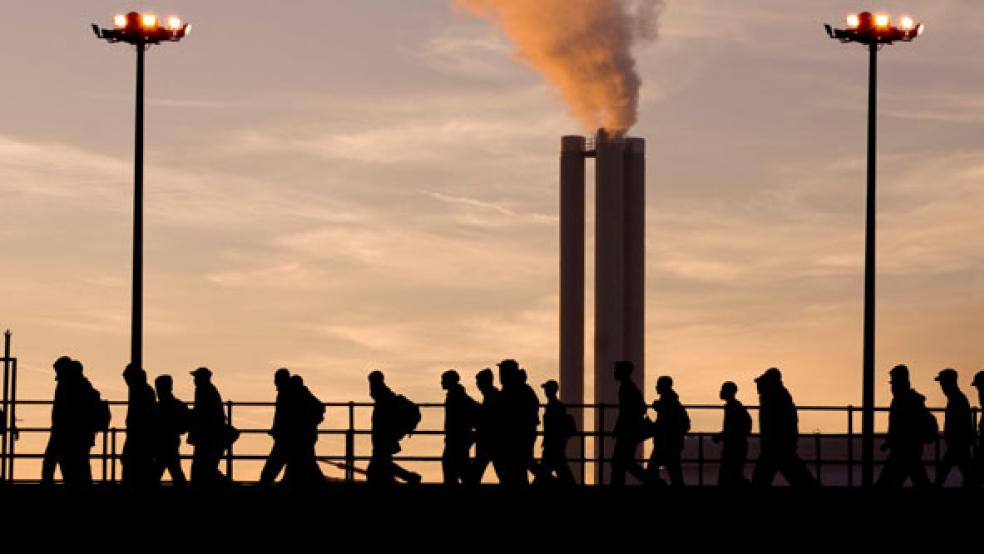The economy was not quite as strong in the second quarter as originally estimated, the Department of Commerce announced Wednesday. The government revised its GDP growth estimate for the April-to-June period to 2.1% on an annualized basis, down from 2.4% as reported initially. The downward revision was unexpected.
A separate, newly announced measure of income growth was also something of a disappointment, with real gross domestic income, known as real GDI, growing by a modest 0.5% during the second quarter.
Economist David Doyle of Macquarie Group told Yahoo Finance that the modest revision and the income data indicate that “growth was a fair bit weaker, and that sort of continues a trend and divergence that's occurred over the last four quarters ... it suggests to us that potentially the economy isn't as strong as the headline real GDP numbers are suggesting.”
In another sign that the economy may be a bit weaker than some analysts have assumed, payroll processor ADP reported that private employers added just 177,000 jobs in August according to its data, with the results coming in below expectations of 195,000. The firm also revised its July results downward to 312,000.
An economy in decline – or a return to normal? Analysts at PNC Economics said in a note that the latest data point toward “an economy that is expanding at close to its long-run potential rate.” That represents a decline from the exceptional conditions created by the end of the pandemic, which appear to be coming to an end, aided by the Fed’s effort to fight inflation. “This may indicate that tighter monetary policy from the Federal Reserve has been more effective in slowing growth than the real GDP numbers taken alone might show.”
Nela Richardson, chief economist at ADP, said the economy is returning to something like normal conditions. “This month's numbers are consistent with the pace of job creation before the pandemic," she said in a statement. “After two years of exceptional gains tied to the recovery, we're moving toward more sustainable growth in pay and employment as the economic effects of the pandemic recede.”




